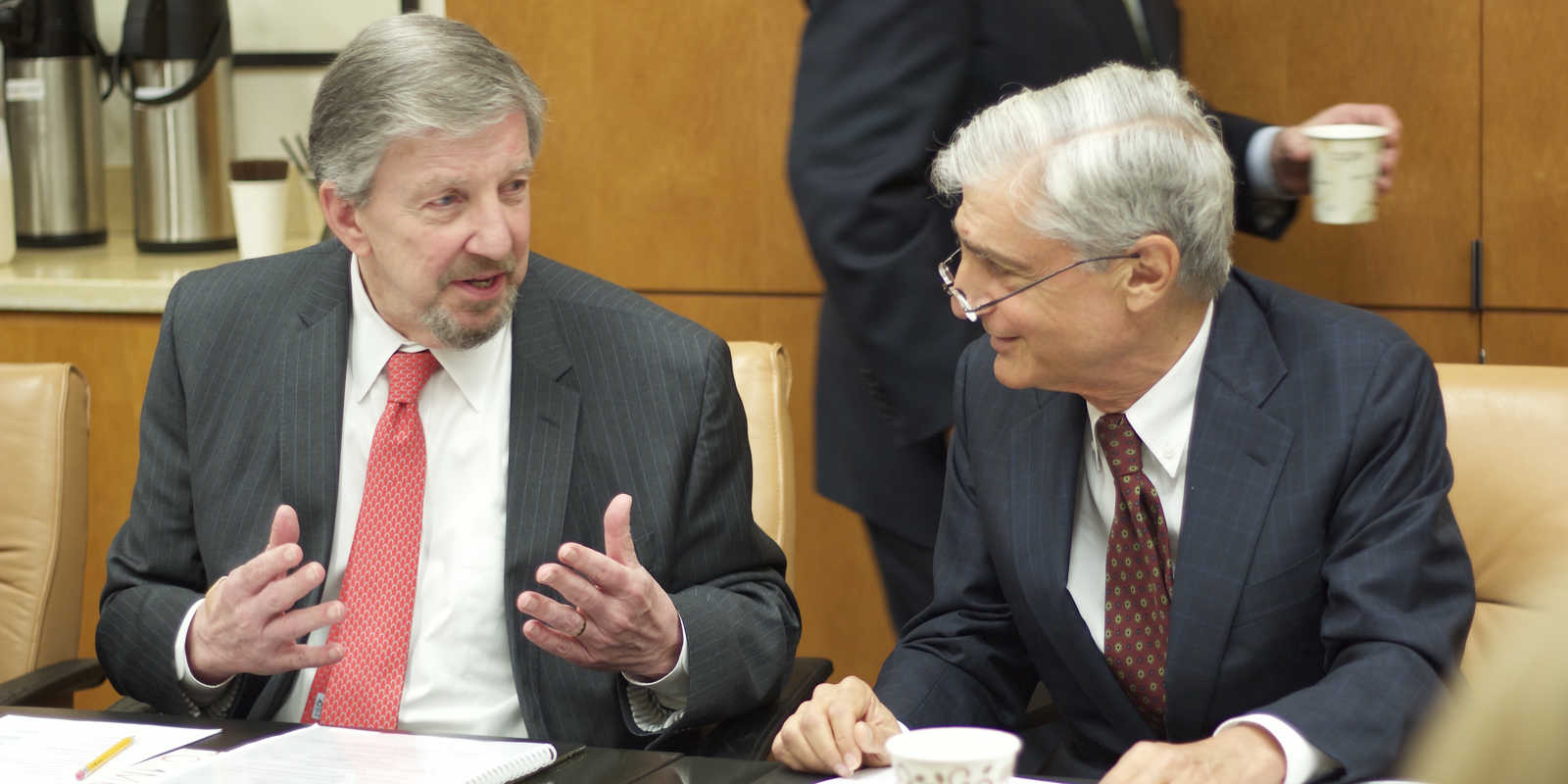The Proof Is In
Understanding why so many low-income communities are still stuck in recession-level distress is a complicated, even controversial conversation. And though we are not oblivious to the deeper questions, LISC comes at the issue with an eye toward solutions. We look hard at what works to shift the outlook for disadvantaged people and places, then we replicate those successes across the country.
The impact of that on-the-ground commitment is increasingly clear. In 2014, we analyzed a decade’s worth of data from 63 neighborhoods where LISC has been working. While many factors contributed to better outcomes, we found that in communities where we have significantly invested, residents posted income and employment gains higher than those in comparable low-income areas. They were more resilient. Opportunities opened up. People were living better.
In communities where we have significantly invested, residents posted income and employment gains higher than those in comparable low-income areas.
We are diving deeper into that research this year with a new analysis of how our network of Financial Opportunity Centers help people earn more, improve their credit and increase their net worth.
Knowing what works lets us make our programs even more effective, while helping funders and policymakers focus precious resources on proven strategies.
Consider all of that from the perspective of education—a key component of LISC’s comprehensive community development approach and one you will see featured throughout our 2014 annual report. Children who grow up poor tend to have low test scores, but nothing says this has to be. At LISC, we fund quality pre-K programs and help charter schools build facilities where disadvantaged students become academic standouts. We help launch arts education programs, like a popular after-school orchestra in Cincinnati, that let young people flourish beyond the classroom. And we support school-centered community development plans, like Buffalo’s 97-block federally designated “Promise Neighborhood,” where efforts to improve housing, health, and community safety are directly connected to improving education.
Children who grow up poor tend to have low test scores, but nothing says this has to be. At LISC, we fund quality pre-K programs and help charter schools build facilities where disadvantaged students become academic standouts.
We respond to local needs and create local opportunities. In 2014, that included $994 million in grants, loans and equity investments to improve the quality of life in low-income areas. This isn’t just about measuring dollars. It’s about leveraging that capital to improve outcomes. LISC creates efficient, effective models of success.
What does that look like in practice? In 2014, it was our Healthy Futures Fund working to connect affordable housing and health services in urban and rural areas. It was expanding our line of loan products to businesses and entrepreneurs to rebuild decimated commercial corridors. It was launching a new creative placemaking initiative to ramp up investments around arts and culture that will attract residents, shoppers and visitors to low-income areas.
All of those programs fall under the umbrella of economic development, which for us has grown to mean a mission that is both immediate and long-range: to bring much-needed goods and services to underserved areas, while helping to grow property values, local incomes and jobs.
We’re taking that mission into 2015 with an economic development initiative that will intensify investments in schools, shopping centers, theaters, manufacturing, athletic facilities, office space and business incubators, and make them part of well-considered plans for local growth.
It’s a far cry from where we started in 1980, hoping to revitalize some of the battered housing stock that marred so many disadvantaged neighborhoods. Since then, LISC has invested nearly $15 billion in places where the private market would not otherwise have gone. We get government, philanthropy and the private sector to work together.
Our nation’s economic engine needs power from as many people and places as possible to sustain the growth we all celebrate. From the South Bronx and West Duluth to Appalachian Kentucky and Native American communities in Arizona, we’re helping long-overlooked places share in that progress.
Michael Rubinger
President & CEO
Robert E. Rubin
Chair
